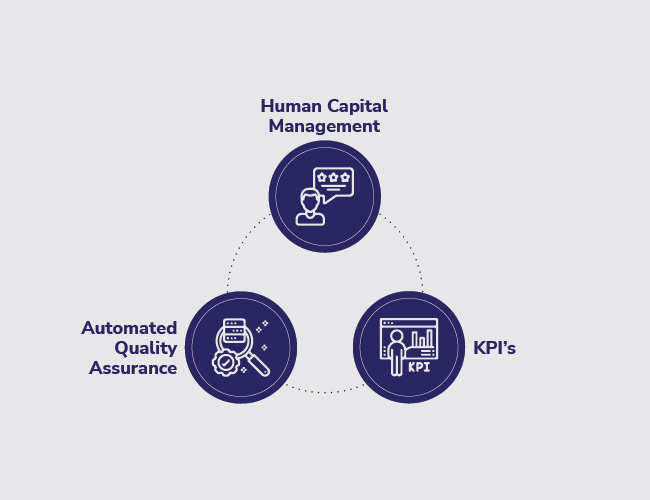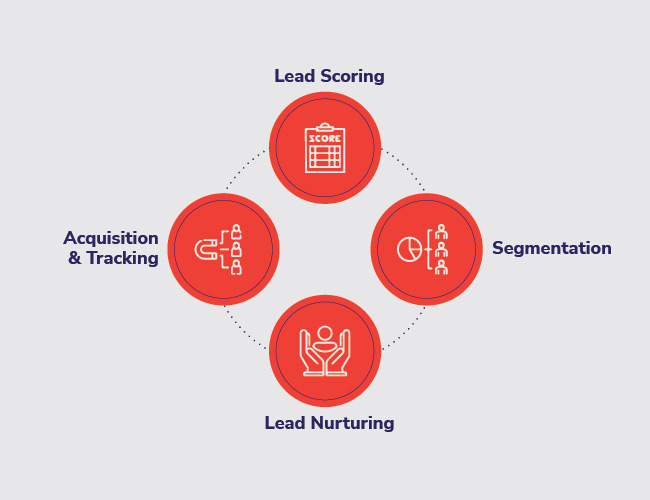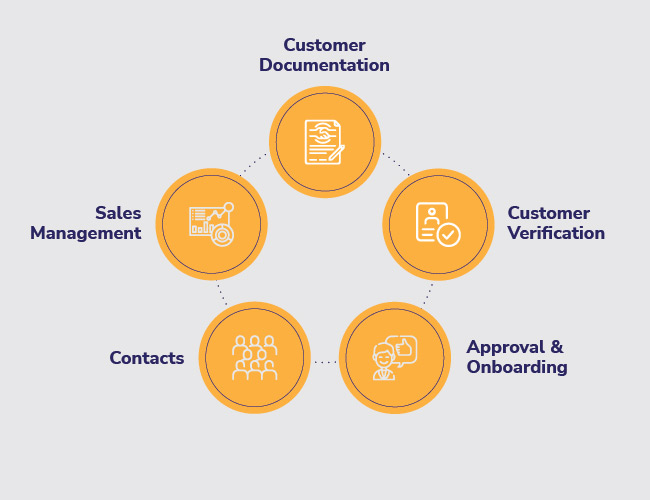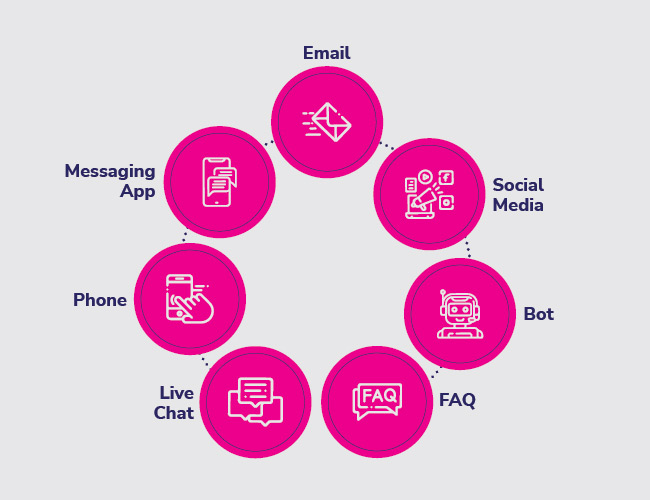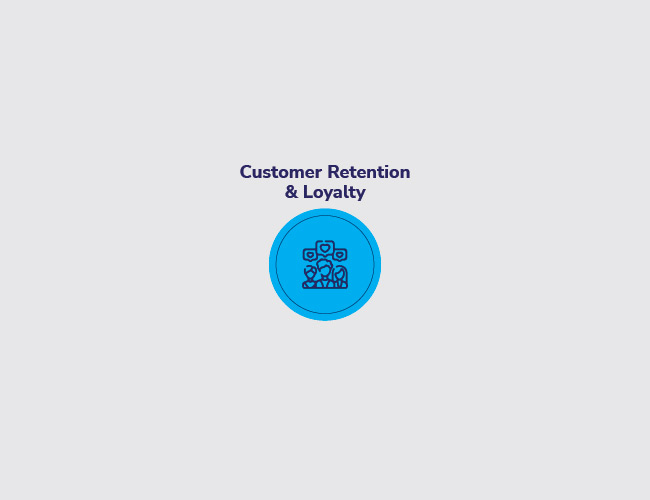
ENSURE APPLICATION STABILITY THROUGH CONTINOUS INTEGRATION
With the prominence of versatile applications on the ascent, businesses need to adapt
to different digital approaches. Upgrading applications through innovative integrated approaches, ensuring a sustainable strategy to guard your software kit is the need of the hour. Gartner research reports states, more than 76% of businesses will be in the digital radar in the future. Extraordinary compared to other approaches to productively construct and keep up your application is through a procedure called Continuous Integration.
Continuous Integration (CI), the NextGen feature, mechanizes the building procedure through testing code each time something gets changed to a rendition. The uninterrupted nature of the feature gives an opportunity for robotization of the product construct and approval process driven persistently by running a designed succession of activities each time a product change is registered with the source code administration storehouse. These are nearly connected with light-footed advancement rehearses and firmly identified with the rising DevOps toolsets.
Benefits of utilizing constant incorporation to businesses
Leveraging Revision Control
Revision Control has been the essential standard for programming advancement groups for the most recent few decades. The motivation behind revised control (otherwise called rendition control or source control) is to oversee changes made to the records that make up the code for your product venture, regardless of whether it is an item, site or any application. Modification control permits you to switch forward and backward between various adaptations of code utilizing a solitary direction, gave the progressions were submitted. This replaces the “muddled process” sans modification control: endless envelopes with different variants of code records from various dates. In any case, when you utilize this obsolete way to deal with code administration, you lose the capacity to have various individuals take a shot at a thing and afterward later consolidate the work. makes your code base sensible when managing making/moving between transforms, it additionally makes it considerably simpler for your engineers to coordinate their code.
Assemble Automation
Assemble Automation alludes to the capacity to either naturally trigger and additionally manufacture a perfect adaptation of your item, application or site by means of a solitary order or activity from crude segments. Numerous groups presently take this further and enable their frameworks to be manufactured exclusively from the code that is acquired from their form control. Assemble Automation can diminish a 30-minute errand to a few seconds. Setting up the examples that your employees to perform to begin a perfect or new framework (regardless of whether this be a creation, arranging or improvement manufacture) will spare you time in the long haul.
Mechanized Deployment
Mechanized Deployment is the procedure of reliably driving an item to different conditions on a “trigger.” It empowers you to rapidly realize what’s in store each time you convey a situation with substantially quicker outcomes. This joined with Build Automation can spare improvement groups a lot of hours. Computerized Deployment spares customers from being widely disconnected amid improvement and enables engineers to manufacture while “contacting” less of a customers’ frameworks. With a mechanized framework, human mistake is averted. In case of human blunder, engineers can get it before live organization – sparing time and cerebral pain.
Self-Testing Builds
Testing can occur in various ways utilizing techniques you have most likely heard tossed around as popular expressions. A portion of these include robotized testing like unit testing and interface testing. Self-Testing Builds are the following stage. When you have tests that can be robotized, executing them at the same time with a manufacture doesn’t involve increased efforts. Your group will have more mindfulness on what is new with your item. Clearly, the more you test, greater are the results. Keep in mind: testing is just on a par with nature in which you test it.
Uninterrupted reconciliation is an apt method to facilitate the portable application building process. It will reduce your organisation’s demands for engineers less demanding for your engineers and quality affirmation supervisors. Continuous Integration is the act of incorporating, building, testing and conveying useful programming on a planned, repeatable and computerized premise. Skyrocket businesses with 3i Infotech’s efficient solutions and cost-efficient solutions.
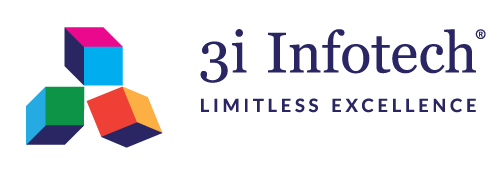
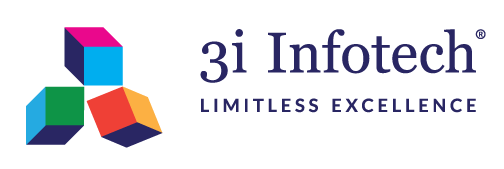
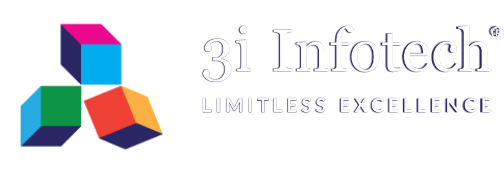

 Harish Shenoy
Harish Shenoy CA Uttam Prakash Agarwal
CA Uttam Prakash Agarwal Mr. Umesh Mehta
Mr. Umesh Mehta Uttam Jhunjhunwala
Uttam Jhunjhunwala
 Ranjit Balakrishnan
Ranjit Balakrishnan Emmanuel N
Emmanuel N Ramu Bodathulla
Ramu Bodathulla

 Rangapriya Goutham
Rangapriya Goutham Kiran Chittar
Kiran Chittar Sushant Purushan
Sushant Purushan
 Nilesh Gupta
Nilesh Gupta Mohan TS
Mohan TS Sanjay Rawa
Sanjay Rawa Dr. Aruna Sharma
Dr. Aruna Sharma Mr.Avtar Singh Monga
Mr.Avtar Singh Monga Mr. Thompson P. Gnanam
Mr. Thompson P. Gnanam Ms. Zohra Chatterji
Ms. Zohra Chatterji Dr. Kalyan Krishnamoorthy
Dr. Kalyan Krishnamoorthy







 Mr. Pravir Vohra
Mr. Pravir Vohra Viraf Sirvala
Viraf Sirvala

 Amrita Gangotra
Amrita Gangotra